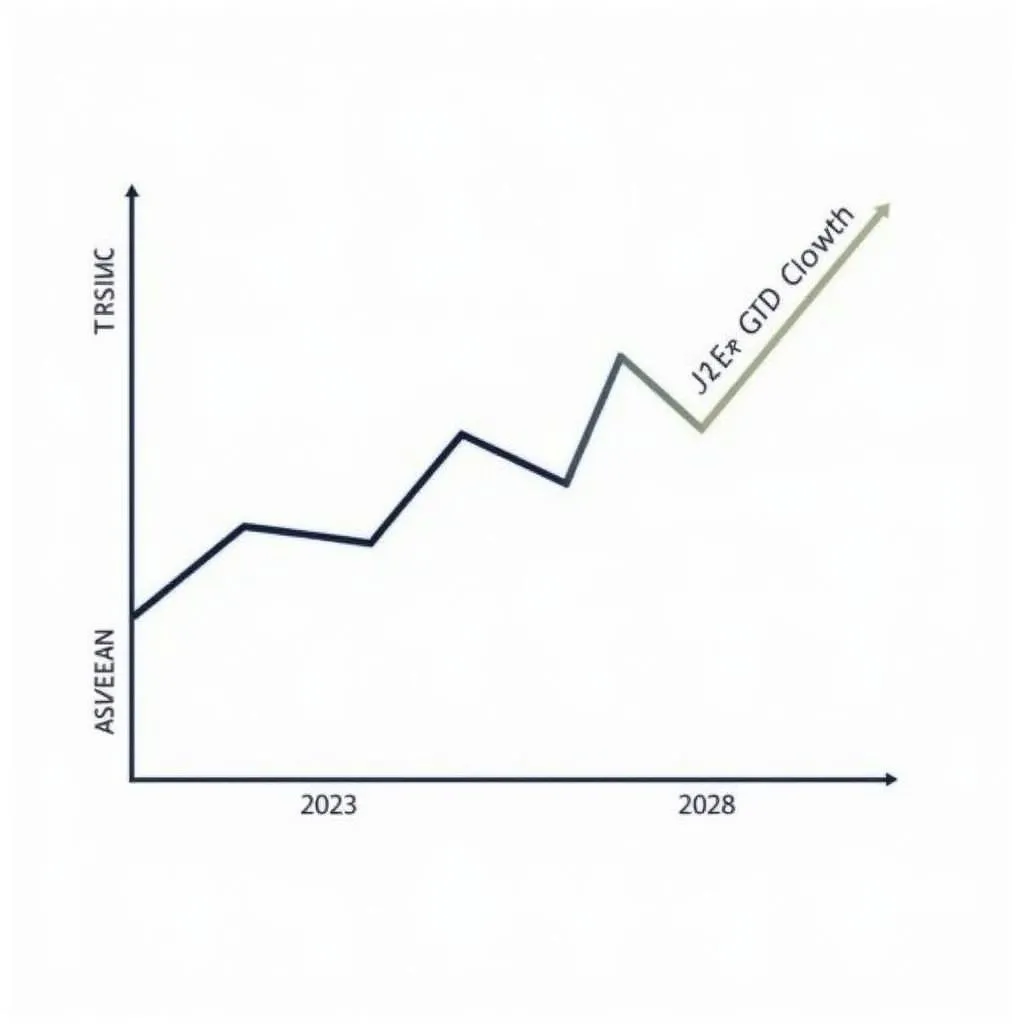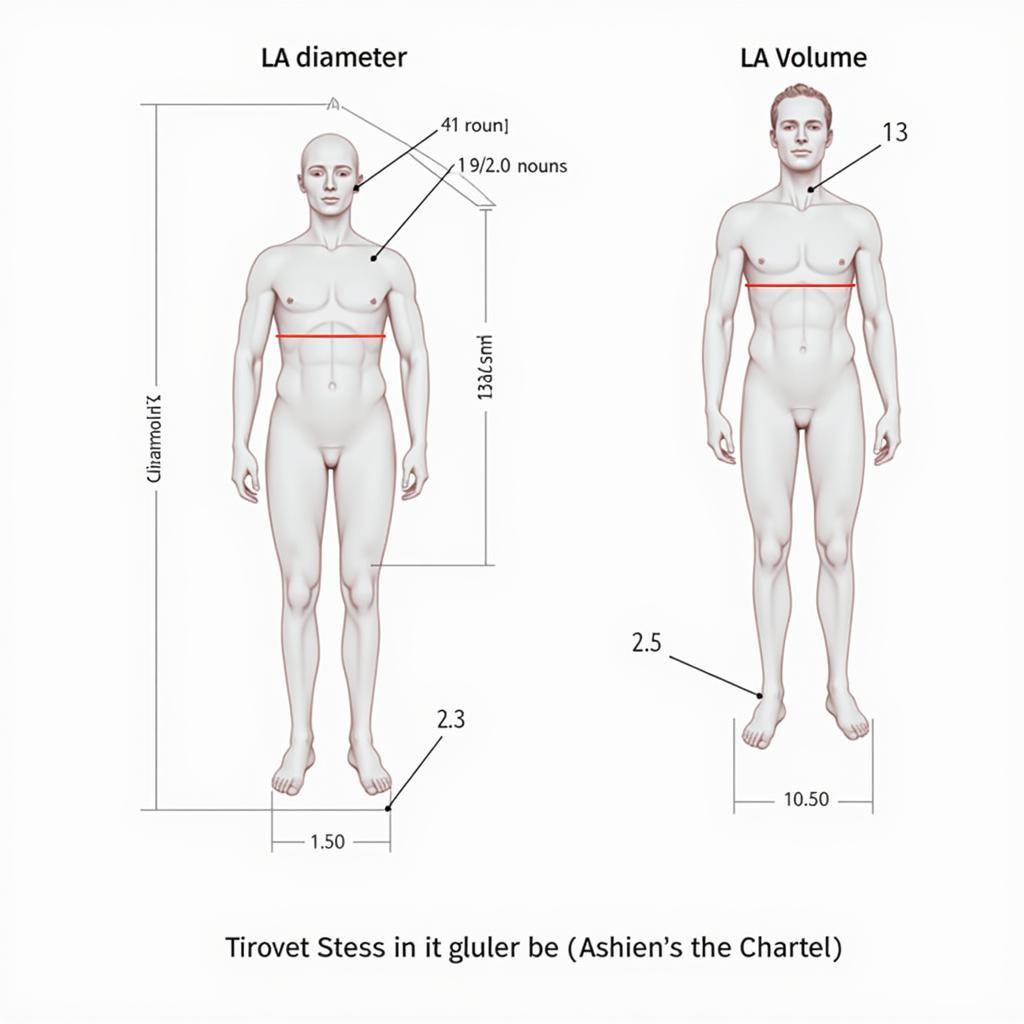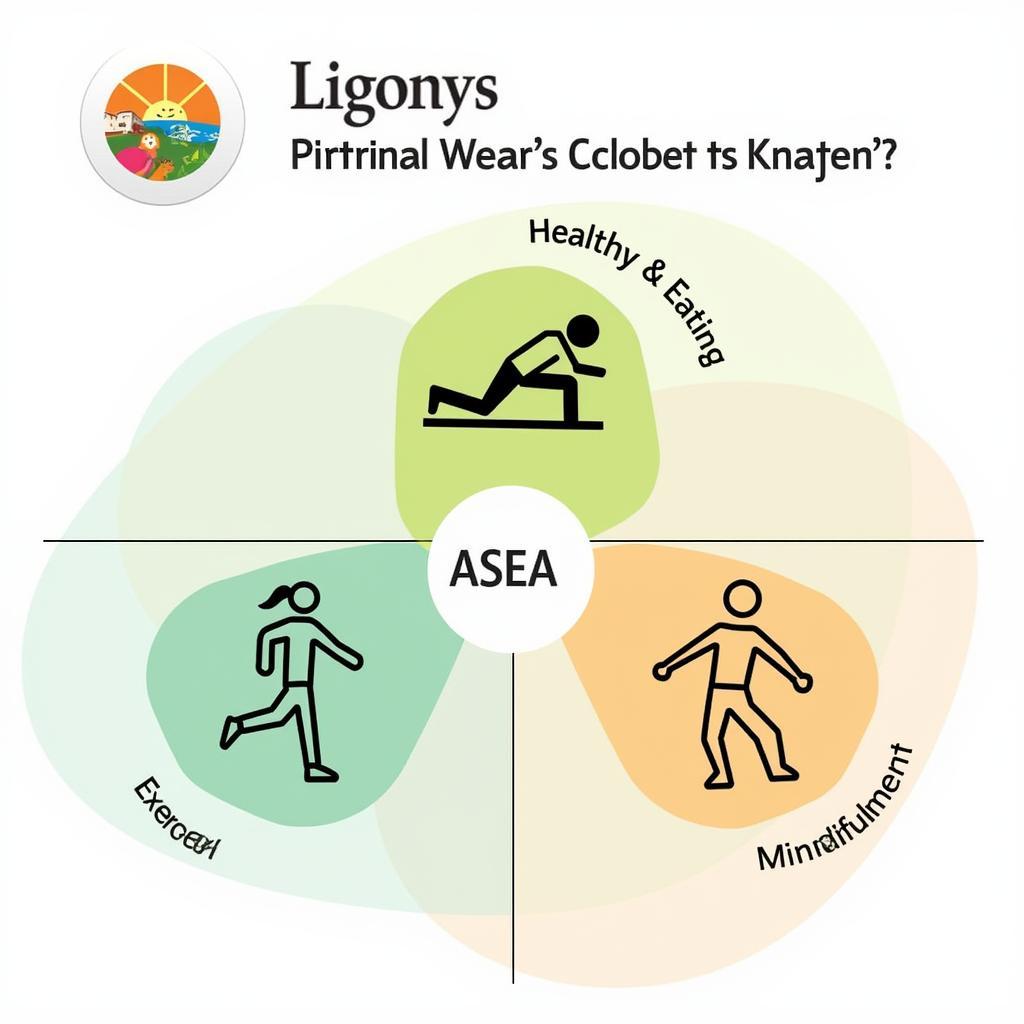The realm of Alternative Dispute Resolution (Ase Adr) is rapidly gaining traction across Southeast Asia, offering a dynamic and efficient approach to resolving conflicts outside traditional court proceedings. As businesses expand their reach and cross-border collaborations become increasingly common, the need for flexible, cost-effective, and culturally sensitive dispute resolution mechanisms has become paramount.
The Rise of ASE ADR: A Paradigm Shift in Dispute Resolution
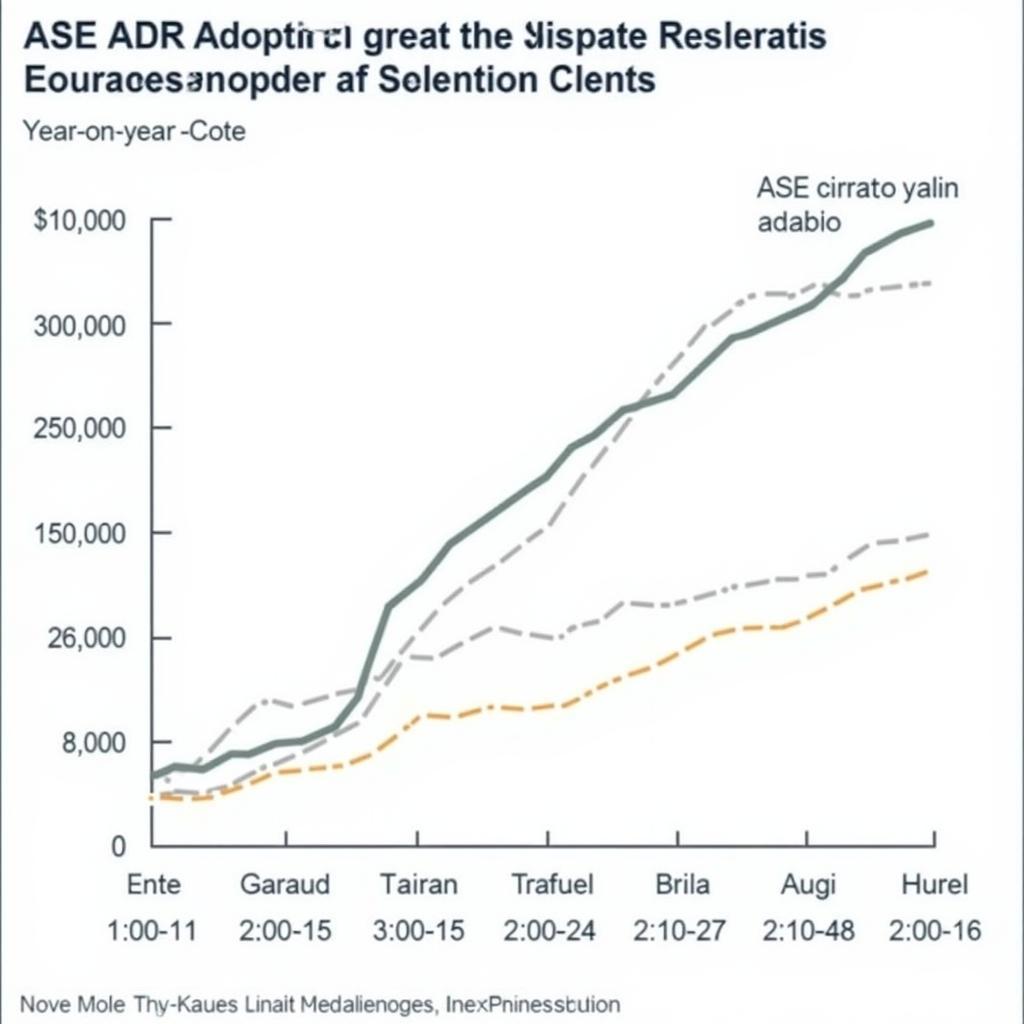 ASE ADR Growth in Southeast Asia
ASE ADR Growth in Southeast Asia
Traditionally, litigation has been the go-to method for resolving disputes in Southeast Asia. However, the process can be time-consuming, expensive, and often strains business relationships. ASE ADR, encompassing methods like arbitration, mediation, and conciliation, presents a compelling alternative, emphasizing collaboration and amicable solutions.
Several factors contribute to the rising popularity of ASE ADR:
- Faster Resolution: ASE ADR procedures are typically streamlined and less formal than court proceedings, leading to faster resolution of disputes.
- Cost-Effectiveness: The shorter timeframe and reduced legal fees make ASE ADR a more cost-effective option for businesses, particularly SMEs.
- Flexibility and Control: Parties have greater control over the process, including the selection of neutral third parties and the scheduling of proceedings.
- Confidentiality: ASE ADR proceedings are typically private, protecting sensitive business information and reputations.
- Preservation of Relationships: The focus on collaboration and finding mutually acceptable solutions helps preserve business relationships even in the face of disagreements.
Key Areas Where ASE ADR Makes a Difference
ASE ADR is applicable across a wide range of sectors and industries:
- International Trade and Investment: With the ASEAN region’s booming international trade, ASE ADR provides a neutral and efficient avenue for resolving cross-border commercial disputes.
- Construction and Infrastructure: Complex construction projects often involve multiple stakeholders and potential conflicts. ASE ADR can help parties navigate these disputes effectively.
- Intellectual Property: As innovation drives economic growth, protecting intellectual property becomes crucial. ASE ADR provides a specialized forum for resolving IP-related disagreements.
- E-Commerce: The rapid growth of e-commerce has brought new types of disputes. ASE ADR offers a flexible and adaptable approach to address these emerging challenges.
ASEAN’s Commitment to Strengthening ADR Frameworks
Recognizing the importance of ASE ADR, ASEAN member states have taken significant steps to strengthen their legal and institutional frameworks. This includes:
- Enacting Modern Arbitration Laws: Many countries have updated their arbitration laws to align with international standards, such as the UNCITRAL Model Law on International Commercial Arbitration.
- Establishing Specialized ADR Institutions: Several regional and national institutions now offer ADR services, providing expertise and resources for businesses.
- Promoting ADR Awareness: Governments and industry associations are actively promoting awareness about the benefits and mechanisms of ADR among businesses.
Challenges and Opportunities: Shaping the Future of ASE ADR
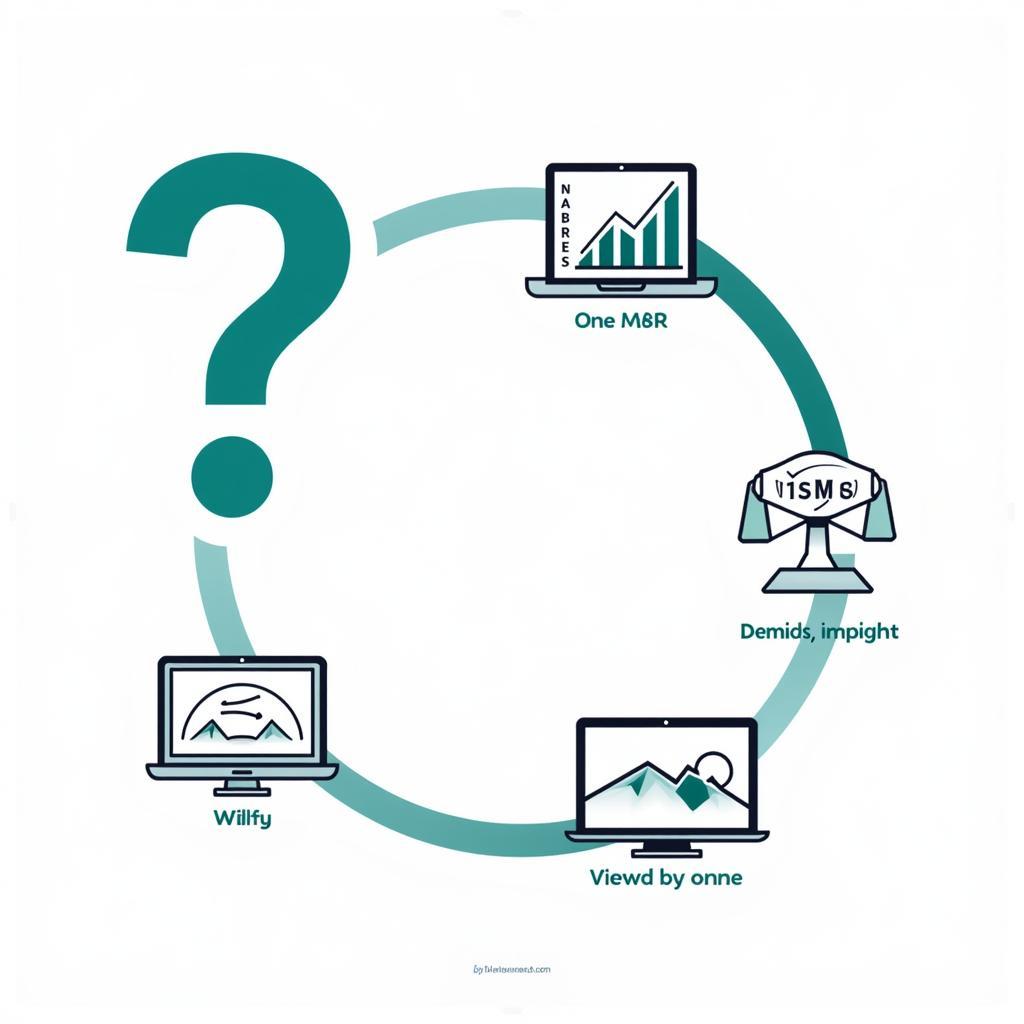 ASE ADR Future Trends
ASE ADR Future Trends
While ASE ADR holds immense potential, certain challenges need to be addressed:
- Enhancing Enforcement Mechanisms: Ensuring the effective enforcement of ADR awards across borders remains a key priority.
- Building Capacity and Expertise: There is a growing need for qualified ADR practitioners, including arbitrators, mediators, and legal professionals with expertise in ADR.
- Adapting to Technological Advancements: Leveraging technology to enhance the efficiency and accessibility of ADR processes, such as online dispute resolution (ODR), is crucial.
Conclusion: Embracing ASE ADR for a More Integrated and Harmonious ASEAN
ASE ADR is not merely a trend but a transformative force reshaping the dispute resolution landscape in Southeast Asia. By embracing ASE ADR, businesses and individuals can benefit from faster, more cost-effective, and amicable solutions, fostering a more conducive environment for growth and collaboration within the region. As ASEAN continues to integrate and economies become increasingly intertwined, ASE ADR will play a pivotal role in ensuring a harmonious and prosperous future for Southeast Asia.
FAQ
-
What is the main difference between arbitration and mediation? Arbitration involves a neutral third party who hears evidence and makes a binding decision. In contrast, mediation involves a neutral facilitator who helps parties reach a mutually agreeable solution.
-
Is ASE ADR legally binding? It depends on the type of ADR mechanism used. Arbitration awards are generally binding and enforceable, while mediation agreements become binding upon the parties’ signature.
-
How do I choose the right ADR institution? Consider factors such as the institution’s experience, expertise in your industry, geographical reach, and cost structure.
-
What are the benefits of using ODR for cross-border disputes? ODR offers cost savings, convenience, and faster resolution, making it particularly suitable for resolving e-commerce and other online disputes.
-
Where can I find more information about ASE ADR resources in my country? You can contact your local chamber of commerce, bar association, or relevant government agencies for information on ADR institutions and resources.
Have more questions about ASE ADR and its implications for your business in Southeast Asia?
Contact us!
Phone: 0369020373
Email: [email protected]
Address: Thôn Ngọc Liễn, Hiệp Hòa, Bắc Giang, Việt Nam.
Our team at ASEA Brown Boveri Madrid and ASEA Brown Boveri SA Spain is available 24/7 to assist you. Explore more resources on our website, including information on ASE to Sekken Anime Planet, ASE Single Turbo Kit, and ASE Peer Gynt Character, for a broader understanding of ASEAN’s dynamic landscape.
